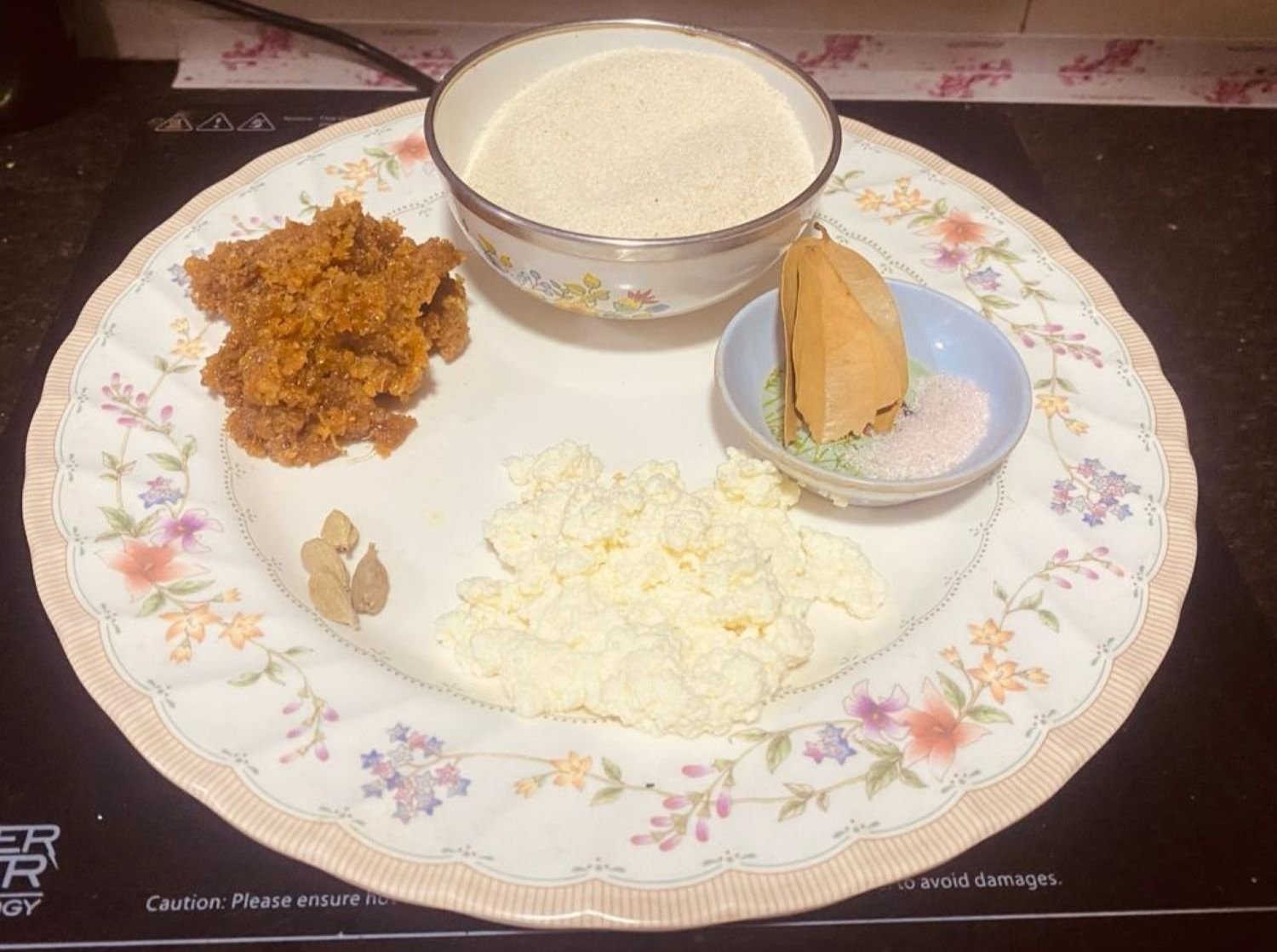How to Make the Festive Odia Special, Chenna Kakra Pitha

Pithas are alternatively pancakes, cakes, dumplings and pasties; and are varyingly pan- or griddle-fried, deep fried, steamed, roasted, or baked. This staggeringly wide category has one thing in common across Odisha —they are uniformly delicious! Nupur Roopa examines the chenna kakra pitha, made from cheese and rawa.
“My mother would fry them during festivals, in batches, and then refrigerate them. I would sneak in during the afternoon and have my fill,” confesses travel writer, Soumya Gayatri. Soumya’s memories of eating hot chenna kakra pitha (suji pancakes stuffed with chenna or curd cheese) straight out of the pan are probably common to children growing up in Odisha, as pithas are great hot, but even better when cold.
Pithas are a celebrated part of Odia culinary culture. ”Pithas are pancakes, cakes, dumplings, and pastries that are either pan- or griddle-fried, deep fried, steamed, roasted, or baked,” says Nigar Nayak, an English lecturer from Berhampur.
A variety of pithas are prepared across the Indian subcontinent, especially in Bangladesh and India (Arunachal Pradesh, Bengal, and Odisha). Pithas appear in the country’s folklore as well: arisa pitha (rice and jaggery pancake) was offered to the Buddha by two merchants from Odisha. Nigar explains that the flour used for the dough can be wheat, rice, millet (ragi), black gram (urad dal), or red pumpkin. Meanwhile, the fillings are varied — from coconut, cheese, and green gram (moong) with sugar and jaggery as sweeteners. Some are even flavoured with palm juice.
Besides chenna kakra pitha in Odisha, other beloved variations include chunchi patra pitha (rice pancake stuffed with coconut and jaggery), enduri pitha (rice and urad dal pancake steamed in turmeric leaves), arisa pitha, monda pitha (rice flour with coconut-jaggery filling), muga daali pitha (with moong dal), talo pitha (with palm fruit), kokharu poda pitha (with pumpkin), and chakuli pitha (flat pancake).
But it is the chenna kakra pitha, stuffed with chenna and grated coconut, that forms an iconic component of every festive platter in Odisha, explains Soumya. “Redolent with the aroma of ghee, coconut, and cheese, these traditional Odia kakras are enjoyed by the young and old alike.”
Chenna kakra pitha forms part of the mahaprasad offered to Lord Jagannath during Madhyanna Dhupa (midday meal). “It is one of the many different Laxmi Puja Bhog offered to Mahalaxmi, especially during Marghasira Guruvaar during the month of Marghasira (the ninth month in the Hindu calendar — November 28 to December.26, 2023,” says Nargis Natarajan, a writer from Bhubaneswar.
“Pitha making”, adds Nigar, “is a social affair, just as much as it is an art form and a science.”
NARGIS NATARAJA’S RECIPE FOR CHENNA KAKRA PITHA
Ingredients
Dough:
3 cups suji (semolina/ rava)
1/2 tsp salt
1 bay leaf
2 cups water
Filling:
2 cups chenna
1/2 tsp cardamom powder
1 cup jaggery (gur)
½ cup khoya (optional)
2 cups fresh grated coconut (optional)
¼ tsp black pepper powder
½ tsp grated ginger (optional)
Method
For the dough, boil two cups of water with bay leaf and salt. Add the suji, stir, and leave it to boil for a few minutes until the water evaporates.
Switch off the stove and leave it aside.
Once the dough is warm, knead it well, to avoid any lumps.
For the filling — mix the jaggery, khoya, coconut, pepper and ginger and fry slightly so that the moisture is evaporated. Add the cardamom powder. Keep it aside.
Take a portion of the dough and flatten it. Add a spoonful of the filling into it and close it. Be careful to seal the sides. You can shape it in whatever way you like.
Heat oil in a pan. Fry the kakras till dark brown.
Serve hot or cold.
Photos credit: Nargis Natrajan
Nupur Roopa is a freelance writer and a life coach for mothers. She writes articles on education, environment, food, history, parenting, and travel.
ALSO ON GOYA











